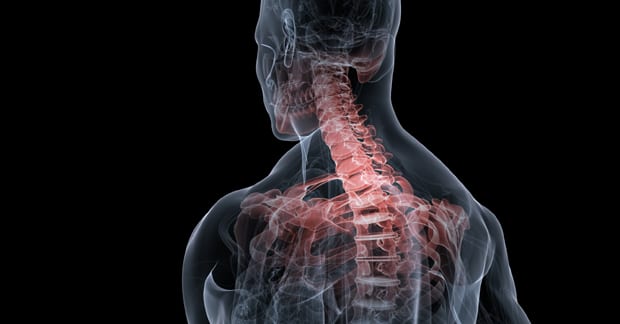Carpal tunnel syndrome occurs when the median nerve, which starts at the neck and runs from the forearm into the hand, becomes compressed or squeezed at the wrist. In some cases, there may also be compression at other anatomical locations along the course of the nerve, like the neck.
The median nerve controls sensations to the palm side of the thumb and fingers (but not the little finger), as well as impulses to some small muscles in the hand that allow the thumb and fingers to move.
A study published in the Journal of Manipulative and Physiological Therapeutics compared two different conservative treatments for patients with mild to moderate carpal tunnel symptoms. One treatment was the Graston technique, which uses an instrument to rub the forearm, wrist, and hand areas to break down scar tissue and adhesions. In the other treatment, a chiropractor applied deep pressure by hand to the same areas. These treatments are thought to release tight muscles and myofascial restrictions.
The patients received the treatments twice each week for four weeks followed by one treatment a week for two additional weeks. The patients also did at-home stretching exercises. They did not use common conservative treatments such as wrist splints and anti-inflammatory medications.
After both interventions, there were objective improvements to nerve conduction latencies (nerve function), wrist strength, and wrist motion. The patient symptoms of pain also improved, and both groups reported high satisfaction with the care they received.
Despite surgery being in widespread use in the United States for carpal tunnel syndrome, it is important for conservative treatments to be tried prior to an invasive operation.
The surgical complication rates are low but when they do occur, and can be devastating. In addition to direct surgery costs, one has to also consider disability payments (not working), and rehabilitation that may take several weeks. These costs can be substantial. For this reason, many medical doctors and treatment guidelines generally recommend conservative treatments first.
Of all the conservative options, manual therapy by a chiropractor is an excellent choice as it comes without the side effects associated with long-term use of medications.
A comprehensive examination by a doctor of chiropractic can determine if your carpal tunnel symptoms are likely to respond to care. He or she can also advise on at-home stretching exercises that can be done to help recovery. In some cases, hidden spinal and neck problems can influence carpal tunnel symptoms, and be the key to treating the cause vs. the symptom.



